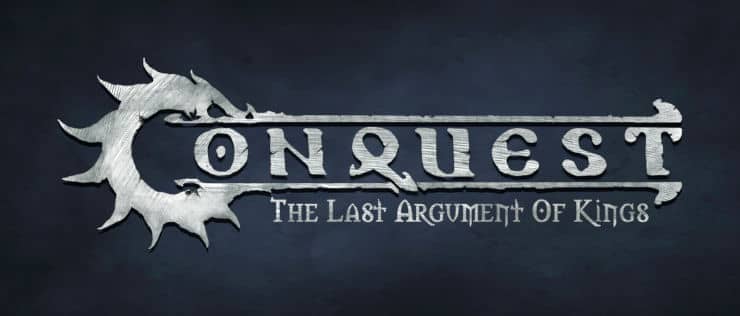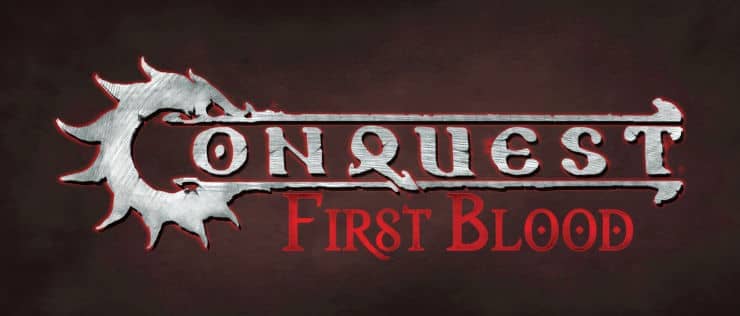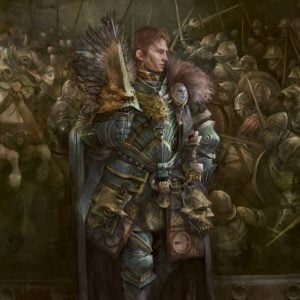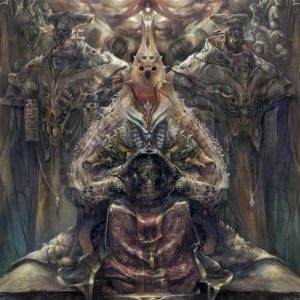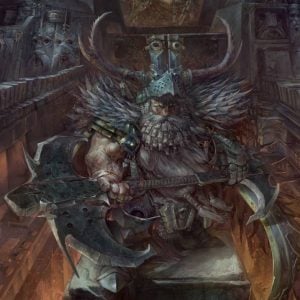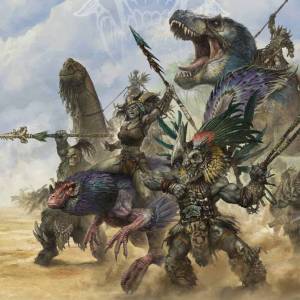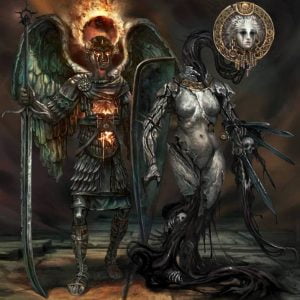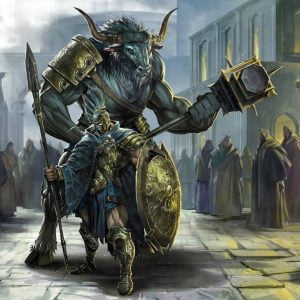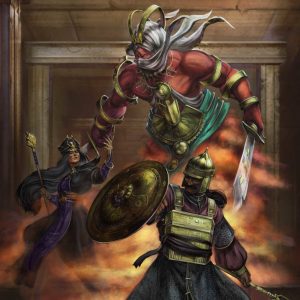
“I know an ash standing, Yggdrasill named, a tall tree bright, its roots holding Vanirheim as one, tying loam with stone. Under its shadow all is warmed, land and heart and mind. Beyond it, true cold reigns o’er all the eye can see; a land dangerous twice over, for predator’s fangs and cold’s claws reign over white on ground and white on trees and white on sea, ‘til Summer comes and golden light reveals.”
-The Old Edda
Many are the names by which Mannheim is known and few of them are flattering. Crucible of Monsters, Cradle of Horrors, Frozen Hell, the Barbaric North, the Everdark… All claim a portion of the truth, but they all also ignore one thing; the land of the Nords holds a wild beauty beyond compare. From its high fjords scarring the dark northern seas to the imposing mountain range of Gald, its peaks towering above endless dark forests and snowed fields, the land of Mannheim holds a dangerous alure, one reserved for some of the sturdiest, harshest and most enduring people the world has seen.
Lying north of the continent of Surtoris, Mannheim is an island, created by the rise of the Gald mountain range. Indeed, the Gald with its many peaks, perpetually covered by snow and ice, forms the backbone of the island and while none but the Jotnar can endure its cold, it dominates the landscape, regardless of where on Mannheim one stands. By many, it is considered a different continent than Surtoris, despite its smaller size, as the prevailing theory is that the island’s rise is, in fact, a result of Surtoris moving to the south, allowing for volcanic masses to rise to the surface. While it is true that a huge part of the cavern system below Mannheim is volcanic, its activity is dormant and there are no known active volcanoes on the island. That being said, most of the Gald range has not been explored and recorded by humans.
– Professor Nikkolas Schten
University of Pravia
The learned fools of the south speak of the birth of mountain ranges and geological incidents. Good for them. Tradition tells another tale, one befitting the people of Mannheim.
Mannheim is the Land Between, a fortress world built on the empty, bottomless sea of Ginnungagap, by the god Bur for his people to withstand the flames of Muspell below colliding with the frozen mists of Nifl above. This myth is unsurprising. It speaks of the same endless conflict between primordial equals, as told by the native peoples of Eä all over; it is the First and Last Saga, Creation and Destruction locked in their endless duel. Unlike in the other tales, for the Nords it is hard to tell which is which; Muspell and Nifl are both destructive natural forces that spell doom for mortals and gods alike.
The Aesir and the Vanir wove their words into that tale but genesis for the people of Mannheim tells the same tale as those of other peoples with one major deviation: Stability, equilibrium, what southerners name Balance, never came magically and out of nowhere to bring peace to the cosmos and offer a home to mortals. This age is not safe, and peace never truly settle over the world. The battle between Primordials is ongoing. It is only the stronghold of the Land Between that allows for gods and mortals to endure and it was built by the labor of the gods, lesser beings to such powers as Muspell and Nifl, struggling to persevere against the powers that be.
The southern… sages may be right: Niflhel, the icy hell in the middle of Nifl above, could very well have been inspired by the icy peaks of Gald, its freezing mists born from the windswept snow of its slopes. Muspell could have derived from the volcanic caverns below Mannheim and the fiery nightmares it has spewed on occasion, now mostly forgotten. Right or not, however, those thoughts are meaningless and lose sight of the importance of the tales; like the right to enter Valhalla, anything and everything is only gained through fight and struggle. They are not choices for the people of Mannheim; they are the means for survival, a state of existence.
– H.
Northern Sage

